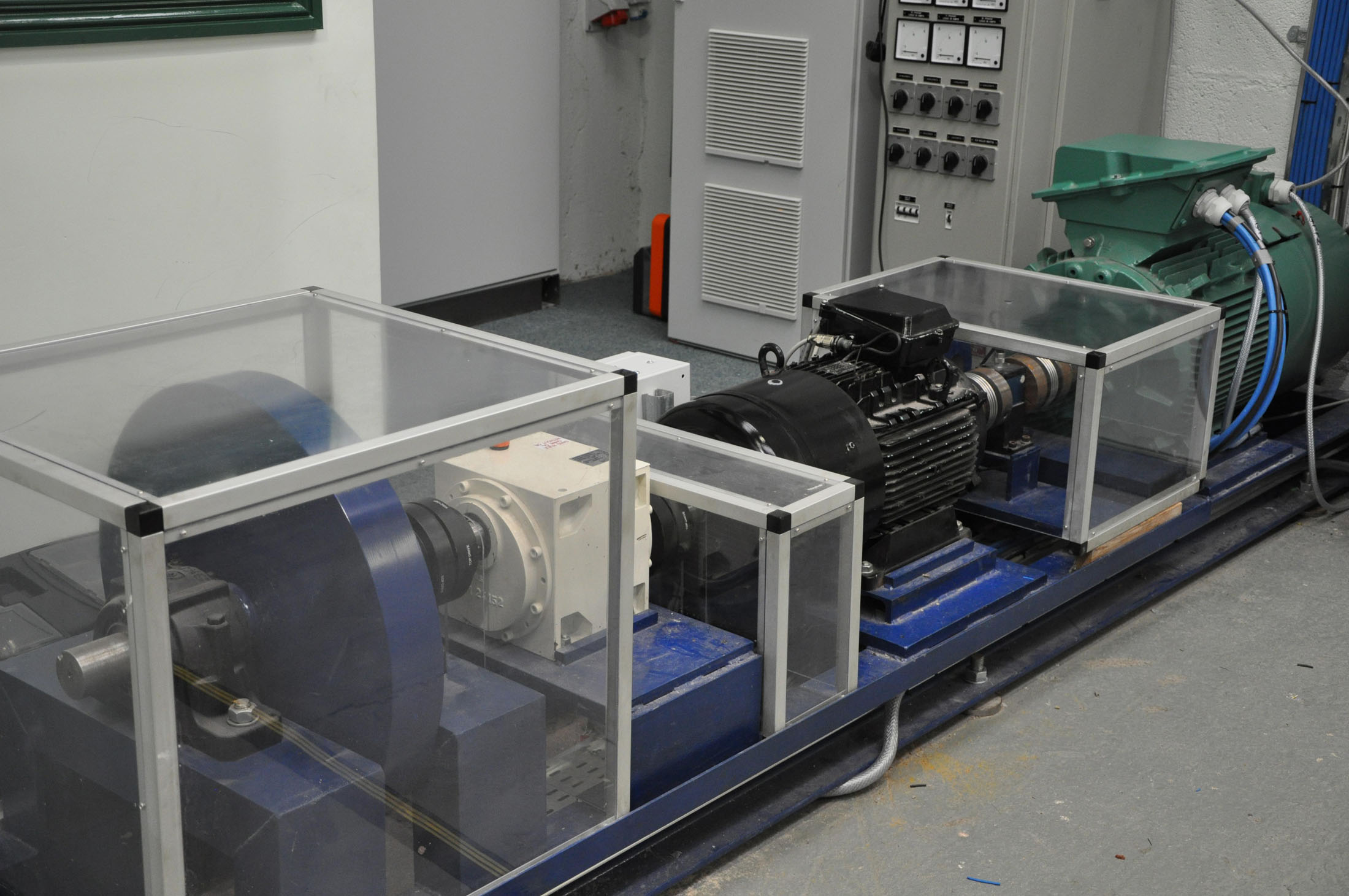Power Take Off Rig For Ocean Energy Research And Testing
With the emergence of ‘ocean energy’ there is a need for testing of power take-off equipment as well as control and grid integration systems

Emerson Power Take Off RigAt the Hydraulics and Maritime Research Centre (HMRC) at University College Cork, a laboratory scale rig has been developed to emulate the power testing required at sea. With requirements for flexibility, programmability, safety and robustness, the drive, motor, generator combination chosen was from two Emerson Industrial companies: Control Techniques and Leroy-Somer.
With the imminent requirement to connect more offshore devices and arrays to the grid, research and development has focused on the control and performance of the electrical components in the power train, including generators, power converters and grid interface equipment. Assessing design performance for these components under the operating conditions experienced in an ocean energy system is an expensive and difficult process – hence the need for this laboratory scale testing rig.
University researchers had a demanding list of specifications, including regeneration capability and flexibility in operation – even at the relatively low power of a test rig and for a one-off project. The supplier had to supply matching motors and drives, custom options (two shafts and a through-hole resolver for instance) and also had to have the ability to supply a wound-rotor induction machine, unusual at this power level. Control Techniques’ Drive Centre at Newbridge was able to match these requirements and more. Leroy-Somer’s motor specialists and Control Techniques’ design and software engineers became involved from the outset, providing support throughout the project.
The design presented unique challenges - safety and industry-quality robustness had to be combined with flexibility, adaptability to different user requirements, future-proofing, and programmability. The finished rig comprises a multi-contactor arrangement that allows for a number of different generator, power converter and grid emulator configurations, selected by means of a user-friendly graphical PC interface program. Multiple time series input formats, prime mover models and control algorithms can be loaded into the PLC via the same user interface.
“Emerson Control Techniques was the only company prepared to produce a customised solution to meet our needs,” says project manager Dara O’Sullivan. “They were most helpful in advising on how to make an easily reconfigurable electrical control system and were the most competitively-priced too!”
The experimental test rig is capable of recreating, within a laboratory setting, the dynamic response exhibited by a prime mover onto a motor/generator set whilst simultaneously measuring the exported power level and power quality.
The prime mover can simulate, from real or modelled time series data, any varying source such as a wind turbine, a hydraulic motor or a wave energy air turbine. The test rig is an extremely flexible tool enabling the optimisation of a wide range of energy converter systems under various conditions. It is also a very useful tool in that the functionality of the wave energy converter under study can be almost entirely predicted at nearly all levels from wave to wire before any lengthy and expensive on-site sea trials are to be performed.
The three drives used in the system are all Control Techniques Unidrive SP AC drives: one to control the ‘prime mover’, and two connected in a ‘back-to-back’ configuration to control the generator and, in regenerative mode, to convert the power from the generator from the control frequency needed to maintain the generator speed, to the 50 Hz frequency synchronised with the grid. Each of the drives is fitted with a plug-in module to give Profibus connectivity. The selection of a Leroy-Somer wound-rotor generator along with a multi-contactor configuration technique gives this system a unique level of flexibility in the selection of generator type.
The main control system for the rig resides within the PLC and most of the communication between the drives and the PLC is performed via the PROFIBUS network.
Scaled testing of power take-off systems has been shown to represent an important stage in the development of ocean energy converters and this test rig is a significant step forward in progressing this technology.
CONTACT
Andy Cann
Control Techniques, Emerson
andy.cann@emerson.com
www.controltechniques.com
+44 (0) 1686 612996
Thursday 9 February 2012 / file under Utilities | Power | Environmental



